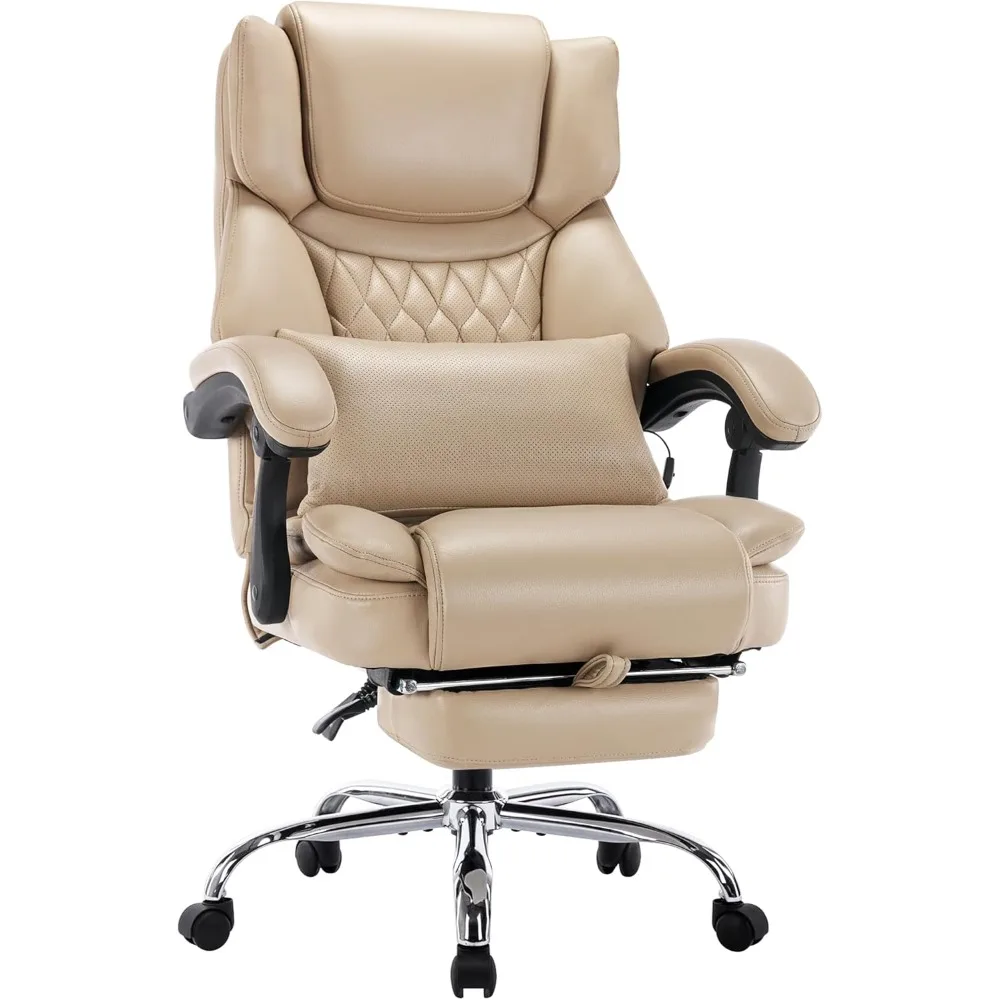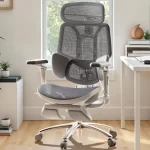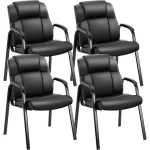In the modern workplace, the office chair plays an essential role. Not only does it provide comfort during long hours spent at a desk, but a well-functioning chair also contributes to overall productivity. However, office chairs are not immune to mechanical issues. One of the most common problems faced by users is when an office chair won’t stay up. This issue can be frustrating and lead to discomfort during work hours. This article will provide a detailed guide on what to do when your office chair won’t stay up, encompassing identification of the problem, possible causes, and effective solutions.
Understanding the Mechanism of an Office Chair
Before addressing specific issues, it’s important to understand how an office chair functions. Essentially, the height adjustment mechanism in most chairs is controlled by a pneumatic gas cylinder. This cylinder is filled with gas and operates much like a bicycle pump. When you pull up on the lever, the gas is compressed, allowing the seat to rise. When you release the lever, the gas expands, locking the chair at your preferred height.
If you find that your chair isn’t staying up, the first step in troubleshooting the issue is to understand which components are at play. The pneumatic cylinder can be the point of failure, leading to the chair sinking or failing to hold its position. Other components, such as the lever mechanism or the seat plate, may also be contributing factors. Gaining a thorough understanding of these mechanisms can help you narrow down the potential causes of the problem.
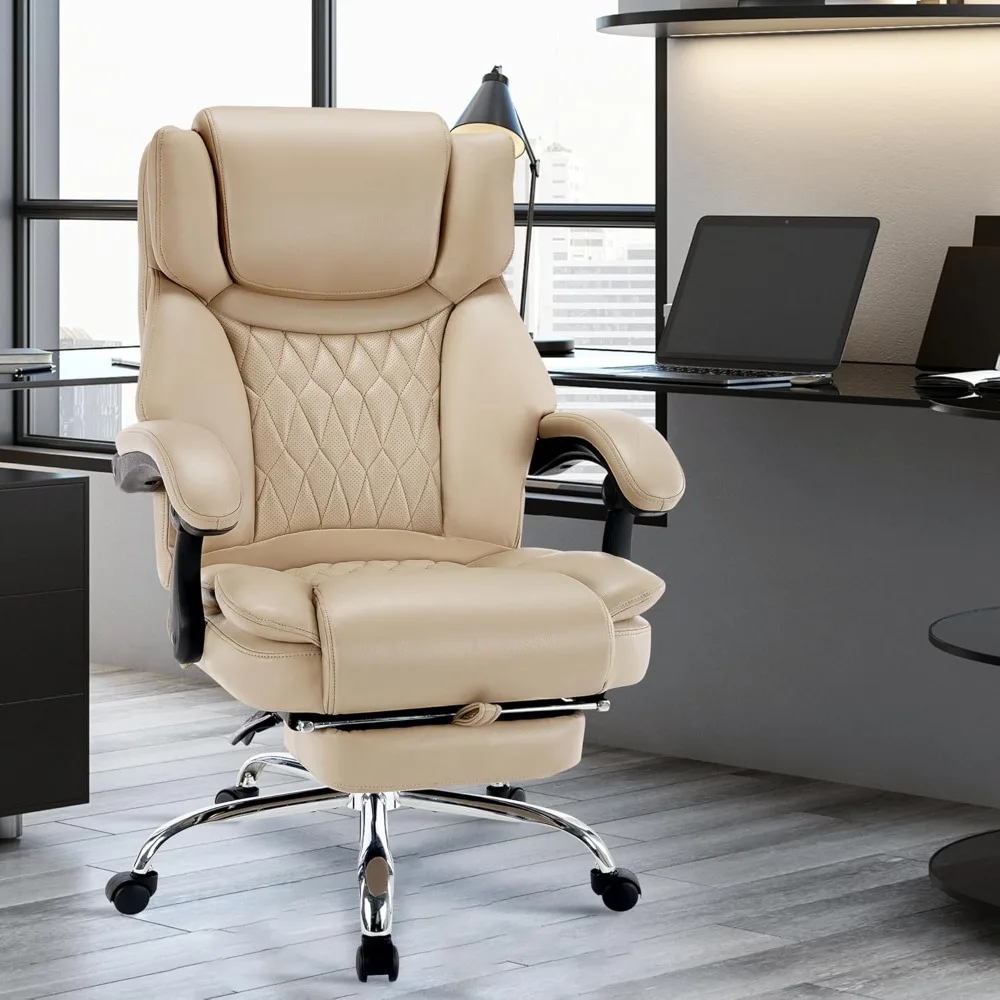
Common Causes of Office Chair Height Issues
Many factors can lead to an office chair that won’t stay up. One common culprit is damage to the gas cylinder itself. Over time, the seals in the gas cylinder can wear out, causing gas to leak. If this occurs, the standard operation is disrupted, and the chair may no longer stay at the preferred height.
Another issue might stem from the lever mechanism that controls the pneumatic system. This can become misaligned or broken over time, leading to an inability for the chair to properly respond to height adjustments. Lastly, continuous wear and tear on the chair’s frame or other mechanical components can also contribute to this issue.
In some cases, the problem might not even be mechanical. Incorrect assembly, accumulated dirt, or low-quality materials can also lead to performance discrepancies. Understanding these common causes allows you to approach the problem methodically, rather than simply guessing at solutions.
Identifying the Exact Problem
In order to effectively resolve the issue with your office chair not staying up, it’s crucial to accurately identify what is wrong. Begin by examining the chair thoroughly, checking for any visible signs of damage. If you hear any rattling or loose sounds, that could indicate that something is misaligned or broken.
A simple test can help isolate the problem: sit in the chair and move the height lever; if there is no noticeable change, the issue may be with the lever mechanism. On the other hand, if the chair suddenly drops while you’re seated, this would likely point toward a failing gas cylinder.
Testing the chair in various positions may help isolate what height works best, if any. It’s also advisable to check for wear and tear, such as rust or excessive dirt, which could be inhibiting the chair’s function. Identify whether your issue is a quick fix or necessitates more extensive repairs or even replacement parts.
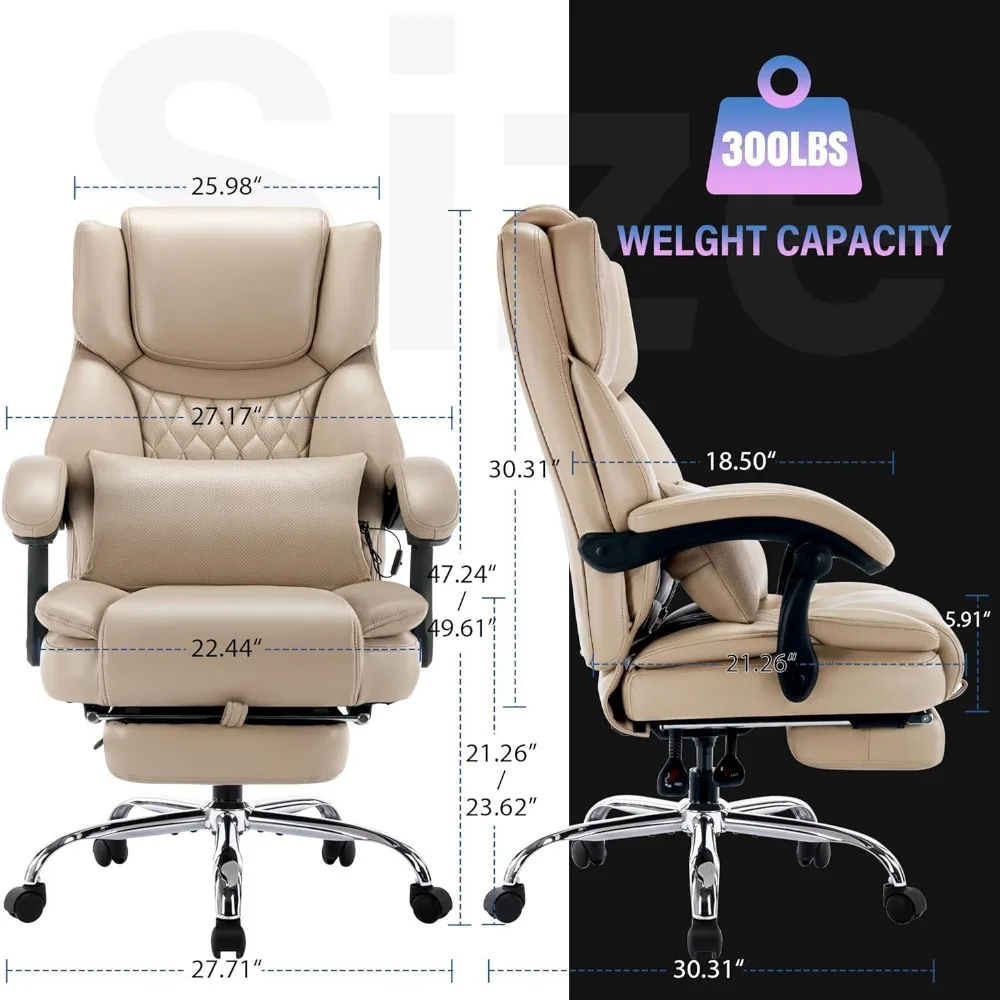
Quick Fixes for Temporary Relief
In many cases, the problem might be temporary or minor and can usually be resolved with quick fixes. If it’s a problem with height retention but doesn’t seem severe, consider some temporary solutions that can help you get through the workday.
One quick fix is to use a simple PVC pipe or a pool noodle to ‘shim’ the gas cylinder. By cutting a section of PVC pipe or pool noodle and placing it around the gas cylinder, you can effectively limit how low the chair can sink. This isn’t a permanent solution but could be a quick way to get back to work with a bit more stability.
Moreover, if your chair has a locking mechanism, make sure it’s engaged properly. Sometimes the locking mechanism might just need slight adjustments or cleaning to allow it to function effectively. Additionally, tightening screws or bolts may also provide a temporary fix for stability. While these solutions can provide quick relief, it’s imperative to plan for a longer-term resolution as well.
Checking and Repairing the Gas Cylinder
If you suspect that the gas cylinder is the primary culprit behind your chair sinking, you’ll want to take steps to investigate and possibly replace it. First, you can try the “wiggle test”: as you attempt to adjust the chair height, shake it gently to see if you can spot a little give in the cylinder. If you notice movement or a strong air hissing sound, chances are the cylinder has lost its gas retention capability.
In most chairs, the gas cylinder can be removed with basic tools like a wrench or screwdriver. You’ll want to turn the chair upside down to access the bottom of the seat, where the cylinder attaches. Carefully detach the cylinder from the chair base; you may need to apply some force if it’s rusted or stuck. Once removed, inspect the cylinder for any dents, rust, or cracks.
If you find that the cylinder is indeed faulty, replacement cylinders are relatively inexpensive and easy to purchase. Various online platforms and furniture stores offer compatible parts that you can easily install. Remember to follow the instructions closely for reinstallation to ensure that the chair functions optimally.
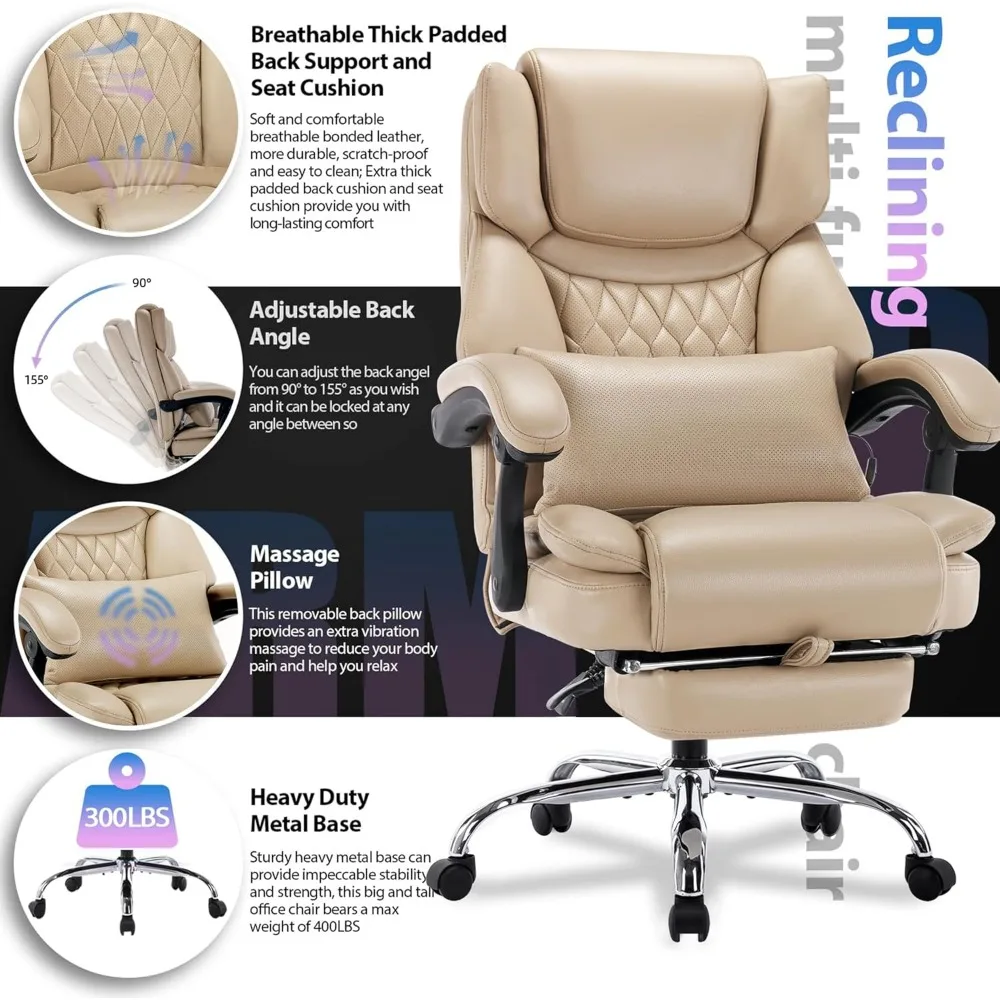
Exploring Alternatives to Repair: New Chairs or Upgrades
If you find your office chair is continually facing issues, you might want to consider a more long-term solution: either investing in a new chair or upgrading the existing one. A good office chair is an investment—consider it akin to a good mattress—and it’s crucial for ensuring comfort and productivity over long durations.
When shopping for a new office chair, look for ergonomic designs that support lumbar health, adjustable height mechanisms, and durable materials. A new chair will likely come with a warranty, which could save you from future repair headaches.
If replacing the chair feels too drastic, you might explore upgrades. This includes replacing worn-out parts like the gas cylinder, swivel wheels, or even the upholstery. Not only could this breathe new life into your existing chair, but it may also provide a similar experience as a new purchase while remaining budget-friendly.
Maintaining Your Office Chair for Longevity
Once you resolve the issue of your chair not staying up, it’s essential to focus on proper maintenance to prolong its lifespan. Regular cleaning is often overlooked but vital. Dust, dirt, and grime can build up over time, particularly in moving parts, leading to decreased efficiency and increased wear.
Lubricating the moving parts can also aid in keeping the components functioning smoothly. A silicone-based lubricant works well for most office chair mechanisms. Simply spray a small amount on moving parts and wipe away any excess.
Lastly, periodically tightening screws and bolts can prevent future instability. Make it a habit to check your office chair every few months and perform light maintenance; this simple step can ensure that you avoid common problems down the road.
Maintaining a good office chair not only promotes comfort but can significantly affect your overall work productivity. After addressing any immediate issues, implementing a consistent maintenance routine will make a noticeable difference.
Conclusion: Finding the Perfect Balance
Dealing with an office chair that won’t stay up can be a troubling issue, but it’s one that is often easily rectified with some understanding and basic repairs. Take the time to analyze the specifics of the problem—whether it’s a failed gas cylinder, a faulty lever mechanism, or something else entirely.
Conducting a thorough examination, keeping quick fixes on hand, and maintaining your chair effectively can enhance your work experience and save you from future inconveniences. Should repairs fail to correct the issue, weighing the options of upgrades or new purchases could be beneficial in achieving a comfortable and productive workspace.
Even with all these tips, remember that a considerable amount of time spent sitting in a chair requires the right ergonomics. Finding that balance between comfort, support, and functionality is key to maintaining a productive work environment. Ultimately, addressing these issues will lead not just to improved functionality of your office chair but also to better health and productivity in your work life.
